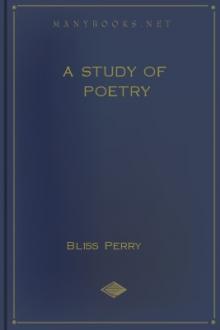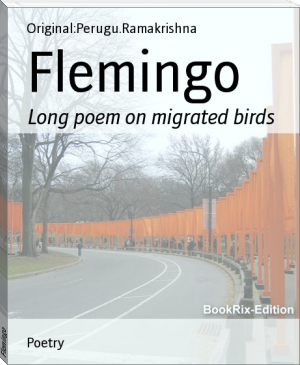A Study of Poetry by Bliss Perry (top 10 books of all time txt) 📕

- Author: Bliss Perry
- Performer: -
Book online «A Study of Poetry by Bliss Perry (top 10 books of all time txt) 📕». Author Bliss Perry
surely, afford one of the obvious conditions for theimpulse to art. The hand-clapping and thigh-smiting of primitive savagesin a state of crowd-excitement, the song-and-dance before admiringspectators, the chorus of primitive ballads,--the crowd repeating andaltering the refrains,--the rhythmic song of laboring men and of women attheir weaving, sailors' "chanties," the celebration of funeral rites,religious processional and pageant, are all expressions of communalfeeling, and it is this communal feeling--"the sense of joy in widestcommonalty spread"--which has inspired, in Greece and Italy, some of thegreatest artistic epochs. It is true that as civilization has proceeded,this communal emotion has often seemed to fade away and leave us in thepresence of the individual artist only. We see Keats sitting at his gardentable writing the "Ode to Autumn," the lonely Shelley in the Cascine atFlorence composing the "West Wind," Wordsworth pacing the narrow walkbehind Dove Cottage and mumbling verses, Bee
Free e-book «A Study of Poetry by Bliss Perry (top 10 books of all time txt) 📕» - read online now
Similar e-books:





Comments (0)